I have been producing burlesque shows for a decade now**. Each one has been a little bit different from the other. I’ve produced shows at small venues and large ones. I’ve sold out 400 seat theaters and I’ve bombed at venues that max at 30 people. I have produced lavish shows headlined by living legends and big names. I produced scrappy, silly and bizarre shows. I have produced shows completely alone. I have produced shows within larger events. I have co-produced on teams with some amazing humans and some difficult ones***. I have succeeded and I have failed more times than I care to count.
As you can see each show is a little bit different with different challenges, different strengths, different players, but what remains the same seems to be the emotional roller coaster I go through.
So, take a journey with me. Take a ride. Buckle up because it isn’t all smooth sailing.
Phase One: Oh, Yeah! Check Out That Coaster! (The idea phase)
This is a phase of excitement. Sweet burlesque goddess! You have an idea! You see that monster coaster and you can’t wait to get on board!
Wouldn’t it be so great to do a show where everyone wears a red dress? Red dresses of all kinds! Gowns, summer frocks, square dancing dresses, samba dresses, oh my! And, of course, you’d have a drag queen emcee the show, feature transgender performers and book that amazing Kate Bush act you saw Dee Dee Pepper do! Oh, and wouldn’t it be great if you had Dee Milo headline with her infamous red dress? Oh, yes! This is happening.
At this point, you may share your idea with a few other performer friends and get them excited for your idea. Your skin is practically humming with the excited energy surrounding it. You want this to happen right now. You can’t wait to get started!
Phase One-B: Take It All In (“should I really do this?” phase)
The idea phase is usually (and I dare say, SHOULD) be followed by a holding pattern phase. Let it simmer. Wait a week or two to be sure you want to take this ride.
Okay, let’s think this through. Is this idea really that great or an I blinded in my excitement? Is there an audience for this? Can I keep this interesting or will the audience get bored of seeing another red dress? Are there enough performers with red dresses to fill out a show like this? Am I willing to take the financial risk?
If you don’t know what you are getting into (and even those of us with experience never know everything), ask for feedback. Get a feel from people you trust to be honest with you. This is the point where your head is trying to keep a handle on the heart. You are brimming with excitement and this phase can be so frustrating.
Phase Two: Get in Line (Prep yourself for this phase)
Now it’s time to start building up that excitement so you can use it. This is when you should really get down as much information as possible. Think through as much as possible. Changes and challenges always present themselves, but the more you can mull through this process the more you can weather the jerks and sudden drops.
Yes, I want to do this. What performers to I want to have? Well, I know I want Dee Dee Pepper and Dee Milo, so I’ll reach out to them first. See if they are available and/or interested. How many butts do I think I can get into seats for this kind of show? What size theater? Ooohhhh! The Scarlett Theater would be awesome! Get it? Scarlett? Red Dress? I’m a genius! That theater is pretty big, though. Can I fill it? Okay, what kind of a budget would I need? Maybe I can get some sponsors. Who else would I hire? Maybe I’ll do a submission process for the rest of the cast. What about marketing the show? What staff would I need for that venue?
In this phase there is a slightly scared excitement. Energy is still high, but a lot of questions loom. How many bends on that coaster can you see? Are you prepared to take those big turns and loops? This is your last chance to bow out before you get on the ride. Decide now if the risk is worth the reward.
Phase Three: Step onto the Ride (Start making plans phase)
If the journey of 1000 miles starts with a single step, this is the phase where you start that journey. So, you have an idea? Time to make it happen.
Okay, I’m doing this. Let’s pick out some possible dates and reach out to the Scarlett Theater to see which ones are available. Then I’ll email Dee Milo and see when she can come here. After that I’ll make a casting call. And then….
Nervous energy abounds. You have stepped onto the ride. The safety bar comes down, but how much does that thing really protect anyone? This phase is a swirling mixture of excited anticipation and terrified “What Have I Gotten Myself Into” energy. You sit in the seat, ready for things to start, looking out at the ride you are about to take. Excitement in your heart tells the pit in your stomach this is absolutely going to be worth it.
Phase Four: The Long Trip Up (Planning in full force phase)
At this point you’re committed. Maybe contracts have been signed. Maybe flights have been planned. Whatever those plans are, there is no backing out. This is where a bulk of the work is done.
Scarlett Theater booked? Check. Headliner booked? Check. Headliner’s flight planned? Check. Emcee booked? Check. Show submission created? Check. Ticketing link live? Check. Oh, geez, what have I gotten myself into?
This is that slow climb up. The click, click, click of the computer keys that pulls you up to the top. You get a good overall view of the ride before you dive in at full speed. This phase feels both painfully slow and way too fast.
Phase Five: The Big Drop and First Curves (Plans are rolling phase)
The show planning is rolling and you are doing your best to keep up. You’ve announced the show. Your ticket link is ready. Your artwork is out. There are still so many details to work out and they are flying at you fast. This is also where some unexpected turns come your way.
Sent my press release out and made my formal announcements. People seem excited! This is going to be so great! Oh, wait, I need to send the artwork to the venue. Did I get a confirmation on my sound tech? Wait, what? The theater has a set-up fee? I don’t remember that in the original discussion. Well, too late now.
This phase is slightly terrifying and you may even feel slightly sick. Being in the thick of it feels very different from when you were eyeing it from afar. Somehow it feels like the ride is going much faster and the turns are much sharper.
Phase Six: The Big Dips (Coasting phase)
Once you have the majority of the planning done and marketing out, you can relax a bit. This by no means implies you can rest on your laurels. You’re still moving forward, but at a less frantic pace.
Yes! I sold my first six tickets and four of them are the VIP section. This is a good sign! Now, this week I’ll touch base with my emcee and make sure they have everything they need. Then over the next few weeks I’ll do some more social media marketing. I can’t wait to share that picture of Dee Dee Pepper she sent me. It’s so good! Now, time for a glass of wine...
After that first big drop that sends your stomach to your throat, you settle into some big dips and looping curves. These are a little gentler. Your calming down a bit, waiting for the next big part of the ride to come.
Phase Seven: The Corkscrew (The everything at once phase)
As the event gets ever closer, stress and work start to build. You are constantly watching your ticket sales. You have gotten information out to your cast and crew. Now you are starting to get tech information, music, marketing requests, venue requests…. Everyone seems to need you and want your response right away. This is the part where you question your sanity and your choices. Perhaps it’s just me, but this is usually also the time some random thing in your life that has nothing to do with the show decides it needs your attention.
FOR FOX SAKE, BUY YOUR DAMN TICKETS, PEOPLE!! BUY TICKETS SO I CAN FOCUS ON GIVING YOU A GREAT SHOW INSTEAD OF THIS TEDIOUS MARKETING! Okay, I’ve got tech and music in from all but two of my performers. Cool! The venue just informed me that they still don’t have their new chairs in and my VIPs will be on folding chairs. Ugh. More marketing today. Why do I do this to myself? Producing shows is more trouble than it’s worth. Tomorrow I need to remember to confirm with my photographer. No. No. NO! Now is not the time for a flat tire. Really? Mia is backing out now? Is it worth replacing her? Will the audience notice? Can Dee Dee do a second act? Gah! After this show I am never producing again. This is stupid. It’s all stupid.
At this point you’ve coasted through some curves, gotten a little more comfortable with the ride and then… Then the corkscrew comes and you are filled with terror, a sense of dread, anger at yourself for getting on this stupid ride and paranoia that you aren’t going to survive. This is usually the point where the headache comes on and your nerves are going haywire.
Phase Eight: The Loop-de-Loop (Showtime phase)
Today is the day! Your Cabernet Cabaret show is happening! There are still lots of last minute details to sort out. Set lists to set up. VIP tables. Door lists. Music to the sound tech. And then it’s happening! This is your big payoff for all your hard work.
Okay, I’ve got the dressing room ready. My emcee has sound checked. The audience is lined and ready! Oh, geez, are there enough of them to fill this place? Let’s put on this show! Yes! The acts are amazing! The audience is loving it! Okay, that one girl is way to drunk and needs to be dealt with, but otherwise the audience is amazing… Well, perhaps some performers are more together than others, but from the audience viewpoint it is exactly what I hoped it would be! Look at how many people are out there! Look how much they love it! Look how much my performers are loving it! This. THIS is why I do this!
It’s the big moment! You slide up that loop slightly scared. Then everything goes upside down for a moment before you smoothly coast out if it. It’s scary, but soul filling. You are reminded again why you do this. You are reminded that all the hard work was totally worth this feeling.
Phase Nine: The End of the Ride (Aftermath phase)
So the show happened. It was a success or it wasn’t, but either way you can be proud of the thing you made. You. You made this thing happen.
I did it. I made an entire show with nothing but red dresses. And it was successful. I can’t even believe it. I was so great. It was everything I hoped. Okay, maybe I could have done without some of it, but it was wonderful. It was totally worth it.
The ride is sliding to a close. The car is slowing down. Success or not, there is a sense of relief and accomplishment. You did this crazy thing. You did it and it was magical.
Producing a burlesque show, like a roller coaster has its ups and downs. It has its sudden turns and it has its moments where your world is temporarily thrown upside down. It is exciting, stressful, scary, exhilarating and, if you do it right, soul fulfilling. And like a roller coaster, you end where you began, ready to start it all over again.
What if I did a show where everyone had to do someone else’s signature act? Wouldn’t that be a riot!...
*Footnote 1****: Duchess of Snark? Yes, it’s a self proclaimed title I just made up while writing this. Why not Queen? Because I believe that level of honor must be earned and the title given to you by someone else.
**Footnote 2: Yes, as a baby performer of only a year I started producing. I really don’t recommend it unless you have show production in your bag of tools already, but in my defense after the first burlesque show hit the city I was living in I was left with a community begging for more. So, I found a way to give it to them.
***Footnote 3: Sometimes amazing humans and difficult ones are the same people.
****Footnote 4: Making footnotes makes me feel like I’m channelling Terry Pratchett (RIP) Yes, I’m a literary nerd.
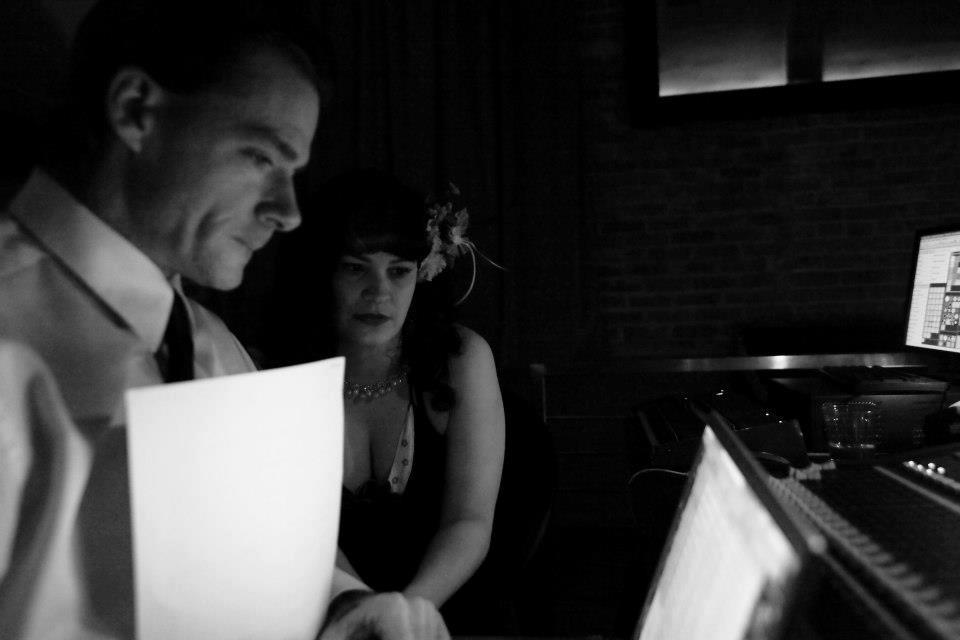
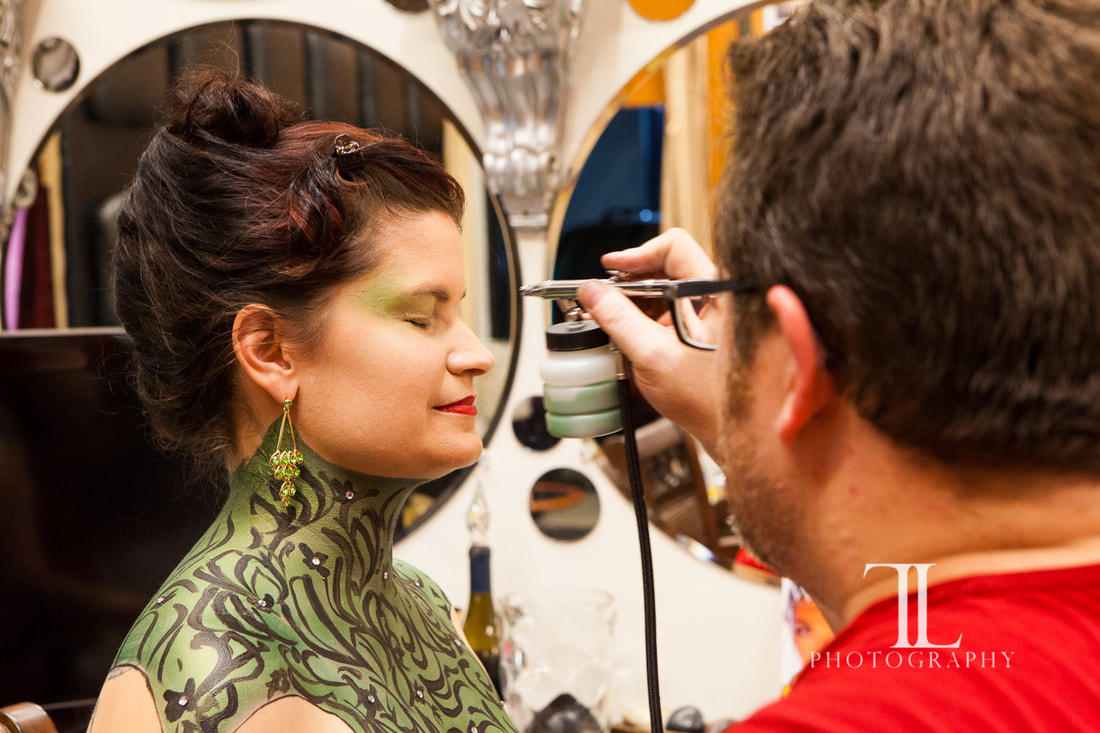
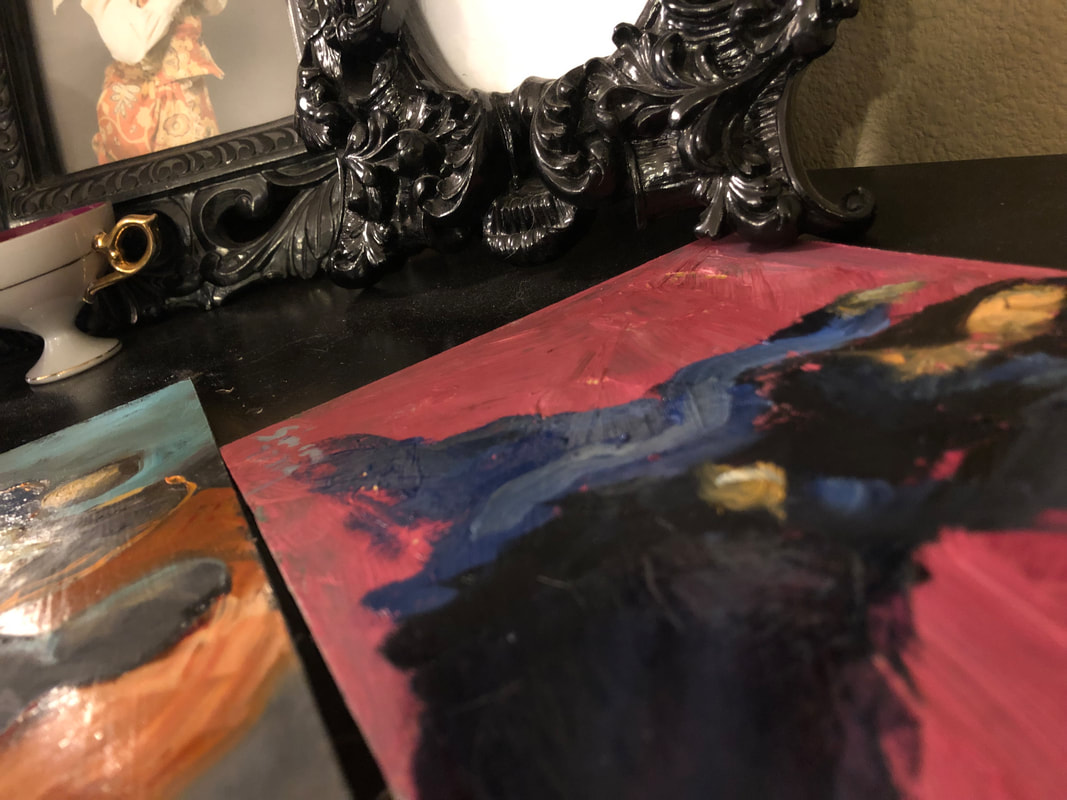
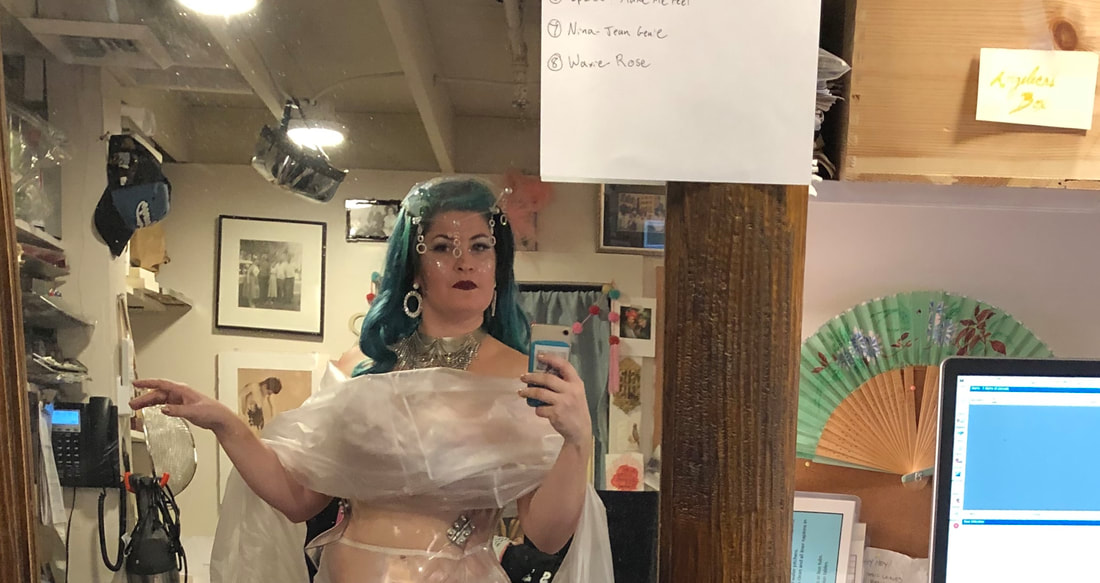
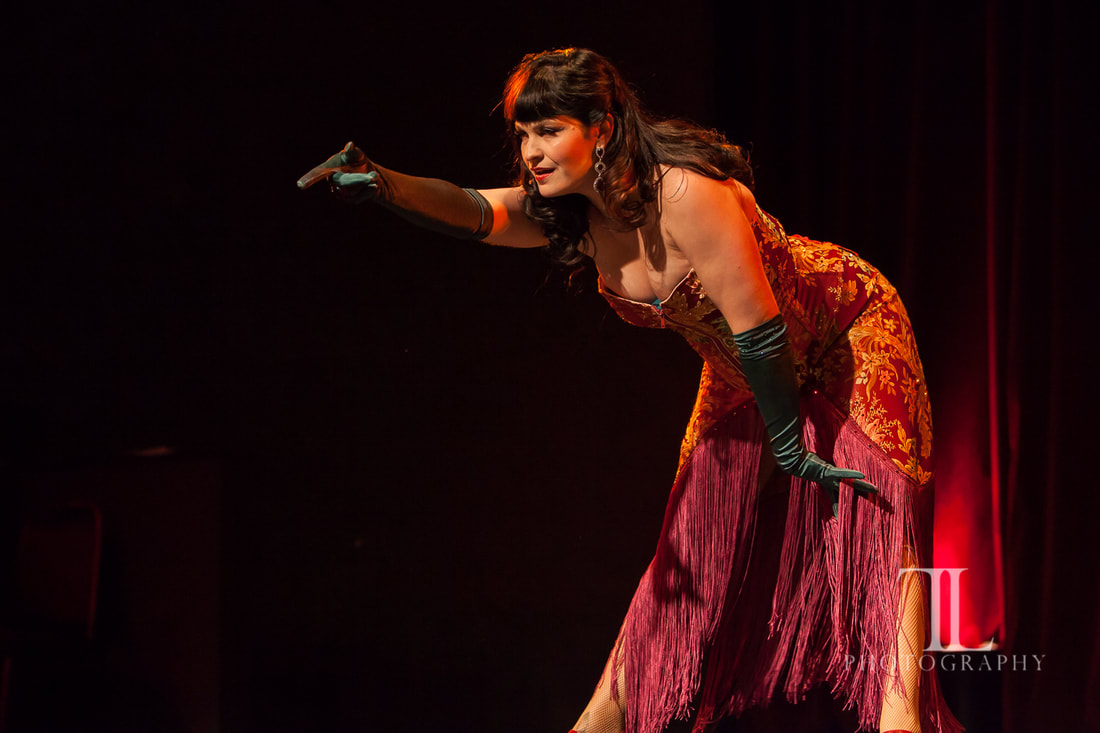
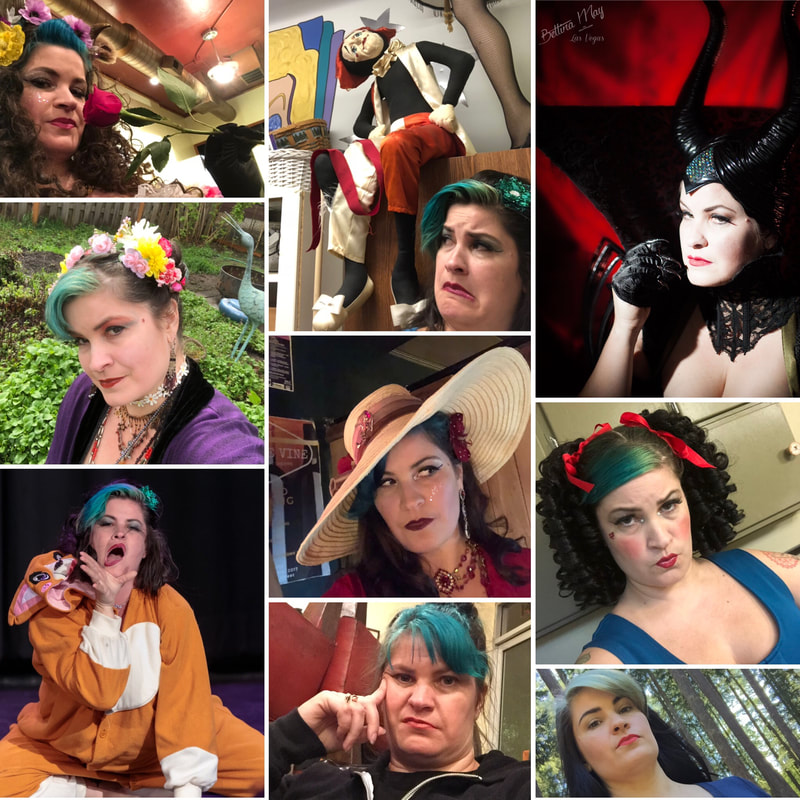
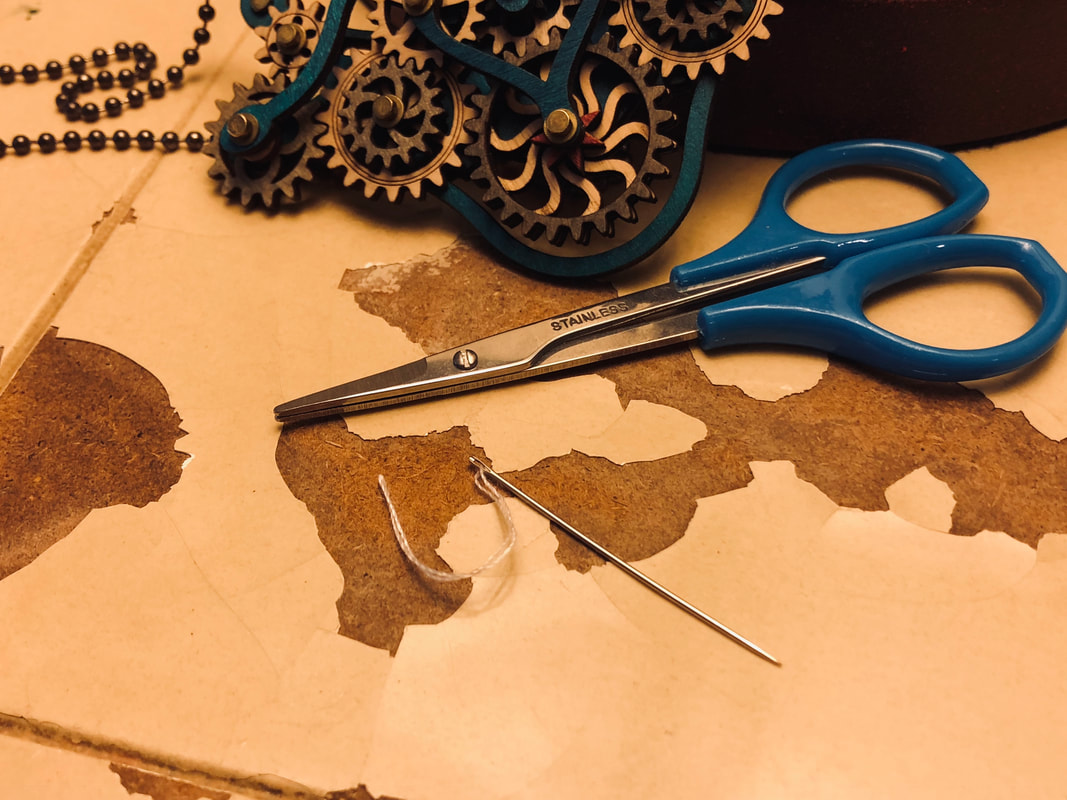
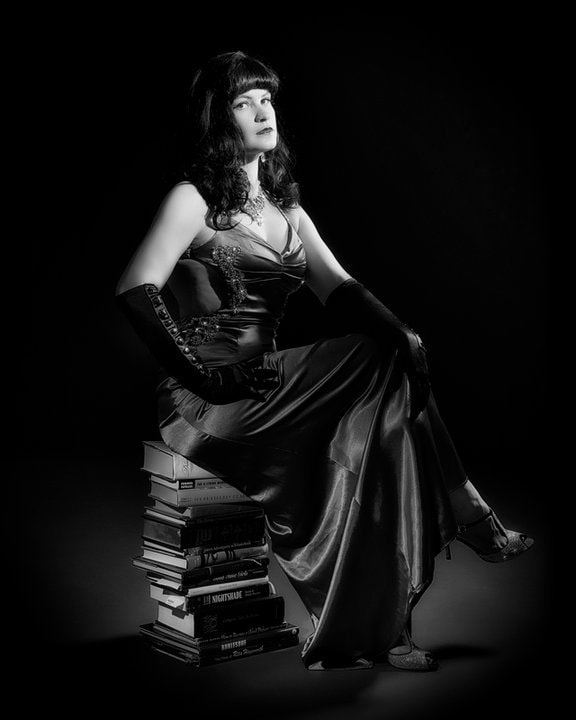
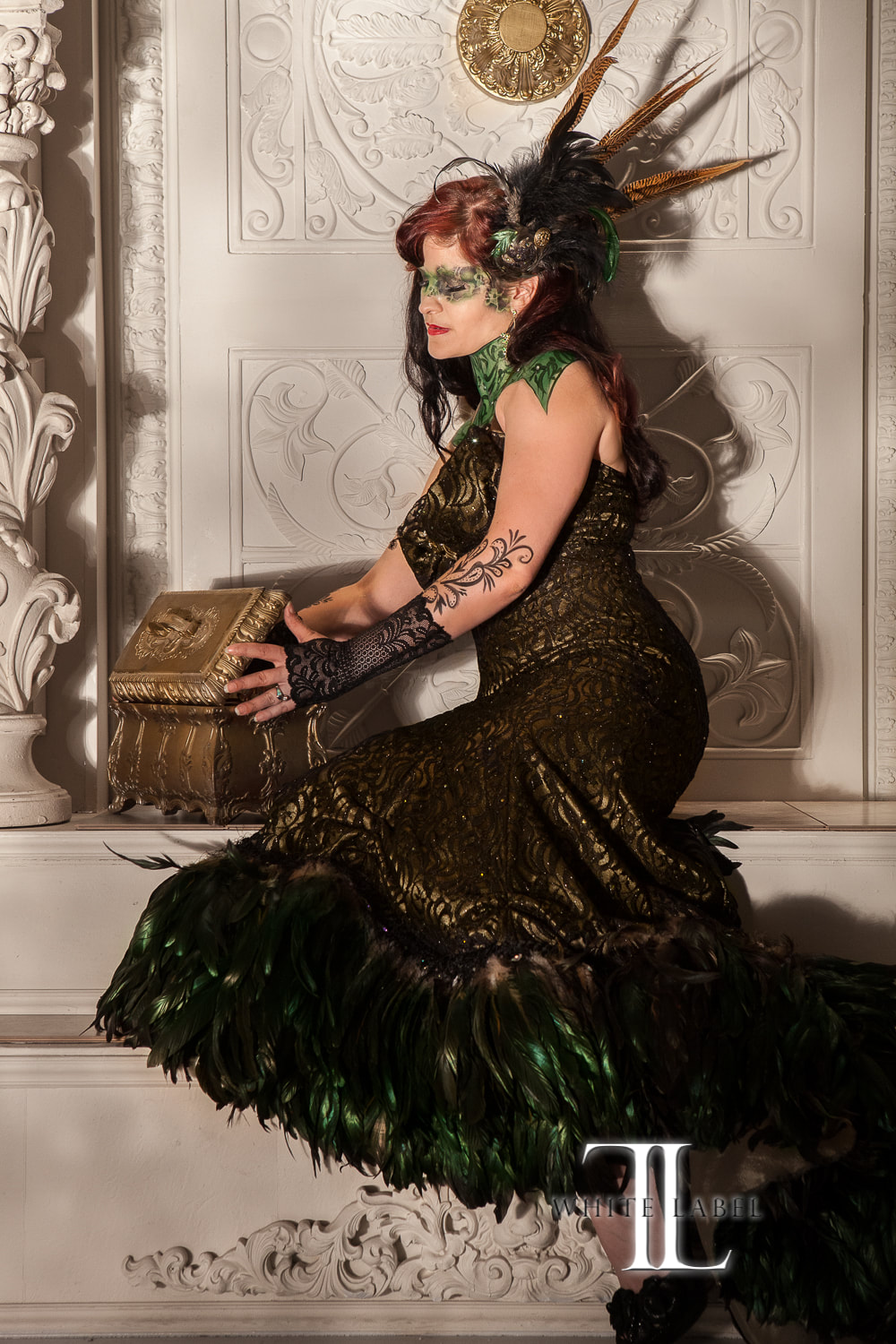
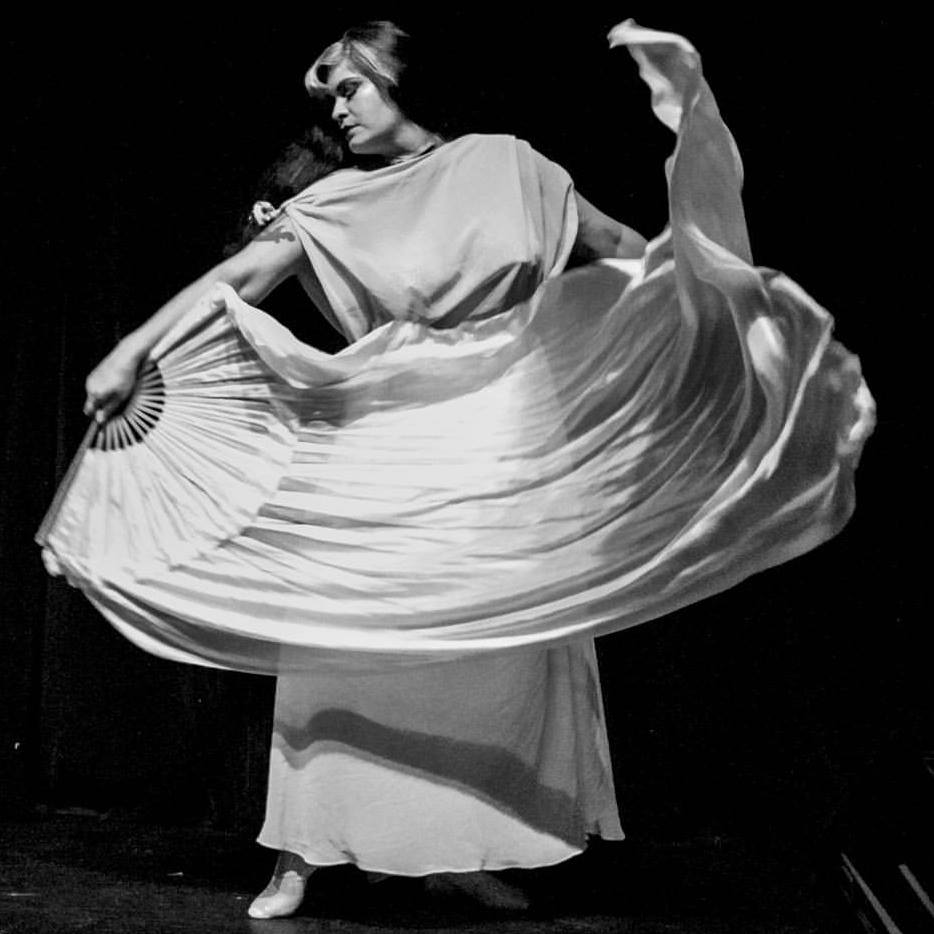
 RSS Feed
RSS Feed
